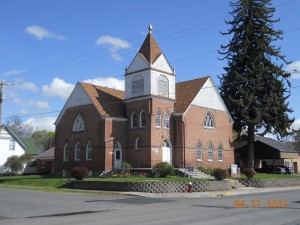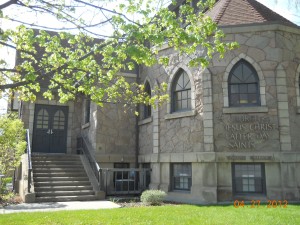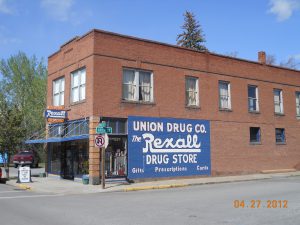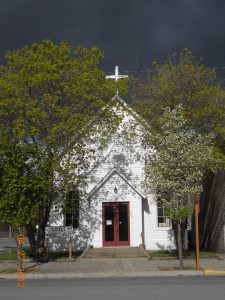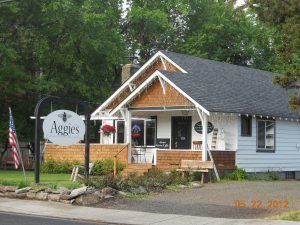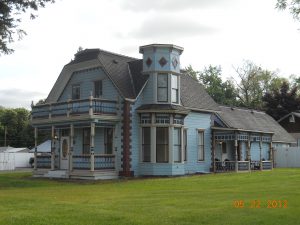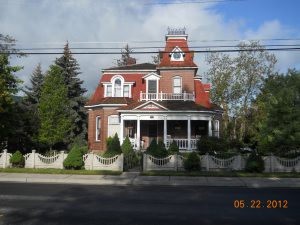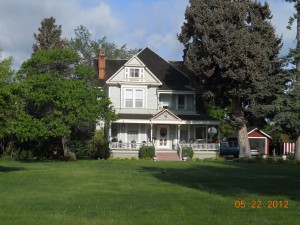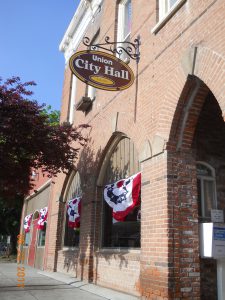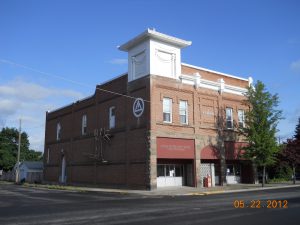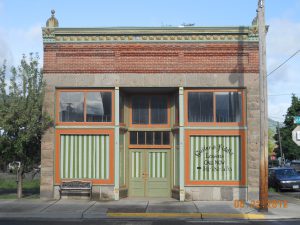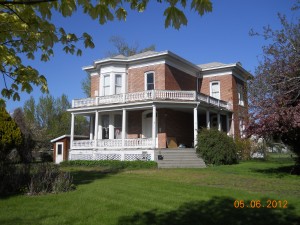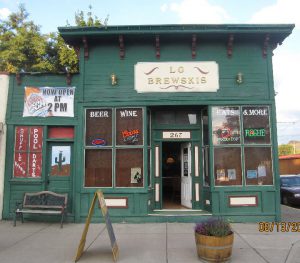Historic Buildings
The city of union has a rich history and many historic buildings that are still standing today. Before the days’ Union became a town Indians camped on the site. When the white man moved in, the Indians moved out. First settlers of Union were, Miller, Nodine, Lewis, Chapman, Henry, Busick, Coffin Clark, Hinkley, Hendershott, Perley, and the Woodells. The first settlers built cabins here in 1862 and there became a general need for a trading post. The winter of the following year John Andrew Jackson Chapman established a small store on his Catherine Creek property. Union grew from that beginning and in 1864 a surveyor by the name of David Thompson laid out twenty-five platted blocks on Chapman’s land. A blacksmith shop was added to the town and then two more stores and a drugstore. The same year a man named James Pyle established a toll road through what is now known as Pyles canyon and a county road was built between Union and La Grande. This gave Union the advantage of two roads, the other, older road went across the valley to Summerville and then to Walla Walla. Union was the hub of the freighting business.
By 1865 the population of Union had grown to over a hundred inhabitants and it forced David Bivens and Samuel Hannah to lay out a large tract of land west of Main Street which became known as West Union. Nine years later North Union came into existence on land that had once belonged to the original claim of homesteader Fred Nodine. Union received its charter from the State of Oregon on October 19, 1878, and seven years later the first telephone system was installed. It ran between the train depot and Dr. Drake’s office up town.
Union was one of the first towns in eastern Oregon to gain electricity. The Union Electric Power and Light Company was organized in the Spring of 1890 with a capital stock of one hundred thousand dollars. The company purchased the flouring mill site, gained water power and within a matter of months incandescent electric lights were being burned. There were even a few street lights that made day from night.
In 1891 a new charter was granted to the City of Union. This enlarged the corporate limits of the city to one square mile and empowered the mayor to establish a water system from Catherine Creek. Among the most important industrial enterprises undertaken in Union have been the Union Woolen Mills, the Oregon Roller Mills, the Union Creamery and the Allen Fruit Evaporator. The woolen mill got off the ground in 1897. There had been attempts before to tap the area’s sheep resource but not until 1897 did anyone make a go of it. And then it was a success because of one man – Abe Eaton.
Union had its fifty-year birthday in 1928 and though the population of the town was over a thousand there wasn’t a huge celebration. In the next fifty years the town doubled and for the centennial there are two thousand people to celebrate a hundred years of Union.
After spending time in Union and talking with some of our oldest residents you can hear a bit of hidden hostility between the towns of Union and La Grande. The following was found in the Union Centennial Album 1878-1978. Union County was created by legislative act of 1864 and La Grande was named temporary county seat. The matter went to a vote in 1872 but no town in the county received the required majority so two years later there was a revote between La Grande and Union, Union won. You might think the matter would end there – it didn’t. La Grande played bully and threw its weight where it did most good.
La Grande helped lose the railroad for Union, then the sugar beet factory and finally the main east-west highway. In 1890 a group of residents from La Grande were able to bring the issue to another vote. Union won this again, fair and square, but still they quibbled about it in La Grande. In 1901 La Grande was successful in getting the legislature to act. They changed the boundary of the county, carving away the Sparta-Cornucopia panhandle and adding it to Baker County. There are those who believe that panhandle resident Kelsay Porter was tried for murder and hung in Union just to weaken the town’s hold on the county seat. At any rate, by then the balance of power had shifted to La Grande and in the election of 1904 La Grande finally won.
